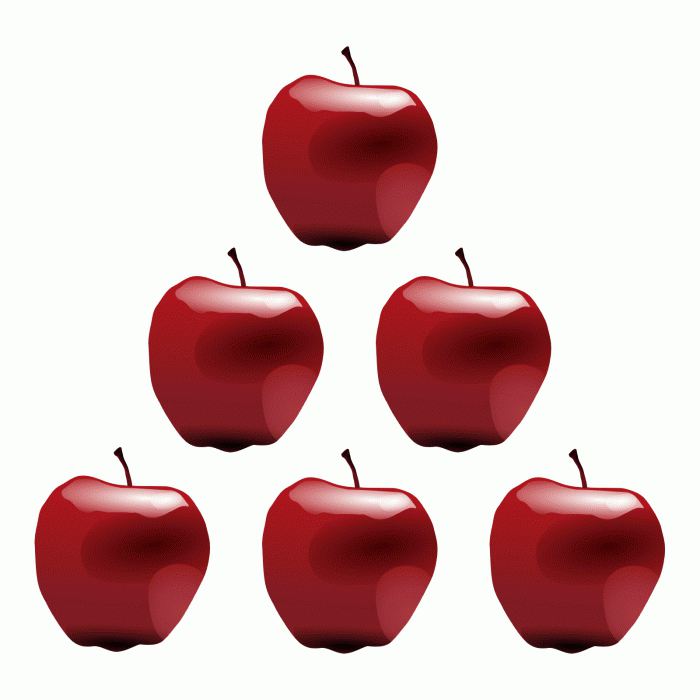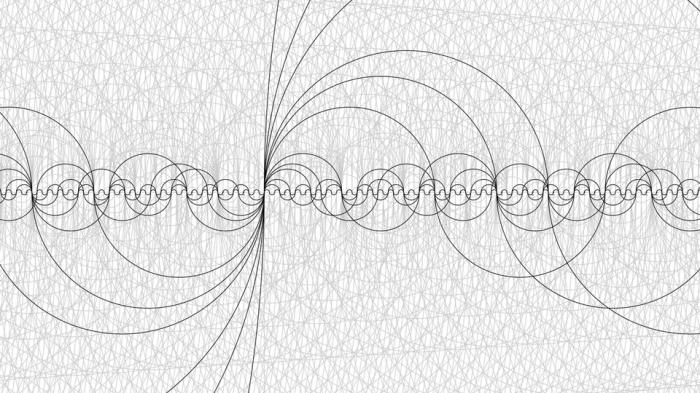What are rational numbers? What are they?
What are rational numbers? Senior students and students of mathematical specialties, probably, will easily answer this question. But those who are by profession far from this, will be more difficult. What is it really like?
The essence and designation
By rational numbers,which can be represented as a simple fraction. Positive, negative, and also zero also enter into this set. The numerator of the fraction must be an integer, and the denominator must be a natural number.
This set in mathematics is denoted as Q andis called the "field of rational numbers". There enter all integers and natural, denoted respectively as Z and N. The same set Q enters the set R. It is this letter that denotes so-called real or real numbers.
Performance

As already mentioned, rational numbers areset, which includes all integer and fractional values. They can be presented in different forms. First, in the form of ordinary fractions: 5/7, 1/5, 11/15, etc. Of course, integers can also be written in a similar form: 6/2, 15/5, 0/1, - 10/2, and so on. Secondly, another type of representation is a decimal fraction with a finite fractional part: 0.01, -15.001006, etc. This is perhaps one of the most frequently encountered forms.
But there is also a third - a periodic fraction. This kind is not very common, but it is still used. For example, the fraction 10/3 can be written as 3,33333 ... or 3, (3). In this case, different representations will be considered analogous numbers. Equivalent fractions, for example 3/5 and 6/10, will also be called. It seems that it became clear what rational numbers are. But why use this term for their designation?
origin of name
The word "rational" in modern Russianin the general case has a slightly different meaning. It is rather "reasonable", "deliberate". But mathematical terms are close to the direct meaning of this borrowed word. In Latin, "ratio" is a "relation", "fraction" or "division". Thus, the name reflects the essence of what rational numbers are. However, the second value

Actions with them
When solving mathematical problems, we constantlywe encounter rational numbers without knowing it ourselves. And they have a number of interesting properties. All of them follow either from the definition of the set, or from actions.
First, rational numbers have the propertyrelations of order. This means that between the two numbers there can only exist one relation - they are either equal to each other, or one is greater or less than the other. E .:
or a = b; or a> b, or a <b.
In addition, this property also implies the transitivity of the relation. That is, if a more b, b more c, then a more c. In the language of mathematics, it looks like this:
(a> b) ^ (b> c) => (a> c).
Secondly, there are arithmetic operations withrational numbers, that is, addition, subtraction, division and, of course, multiplication. In this process, a number of properties can also be distinguished in the process of transformation.

- a + b = b + a (change of place of terms, commutativity);
- 0 + a = a + 0;
- (a + b) + c = a + (b + c) (associativity);
- a + (-a) = 0;
- ab = ba;
- (ab) c = a (bc) (distributivity);
- a x 1 = 1 x a = a;
- a x (1 / a) = 1 (here, a is not 0);
- (a + b) c = ac + ab;
- (a> b) ^ (c > 0) => (ac> bc).
When it comes to ordinary, and notdecimals, fractions or integers, actions with them can cause certain difficulties. Thus, addition and subtraction are possible only if the denominators are equal. If they are initially different, you should find a common, using the multiplication of the entire fraction by certain numbers. Comparison is also most often possible only if this condition is met.
Division and multiplication of ordinary fractionsare made in accordance with fairly simple rules. The reduction to the common denominator is not necessary. The numerators and denominators are multiplied separately, while in the process of performing the action, if possible, the fraction should be minimized and simplified as much as possible.
As for division, this action is similar to the first with a small difference. For the second fraction, find the inverse, that is

Finally, another property inherent in rationalnumbers, is called the axiom of Archimedes. Often in the literature there is also the name "principle". It is valid for the whole set of real numbers, but not everywhere. Thus, this principle does not apply to certain sets of rational functions. In essence, this axiom means that if there are two quantities a and b, you can always take a sufficient number of a to exceed b.
Application area
So, those who have learned or remembered what isrational numbers, it becomes clear that they are used everywhere: in accounting, economics, statistics, physics, chemistry and other sciences. Naturally, they also have a place in mathematics. Not always knowing that we are dealing with them, we constantly use rational numbers. Still young children, learning to count items, cutting an apple into pieces or performing other simple actions, face them. They literally surround us. Nevertheless, they are not enough to solve some problems, in particular, by the example of Pythagoras' theorem one can understand the necessity of introducing the concept of irrational numbers.





